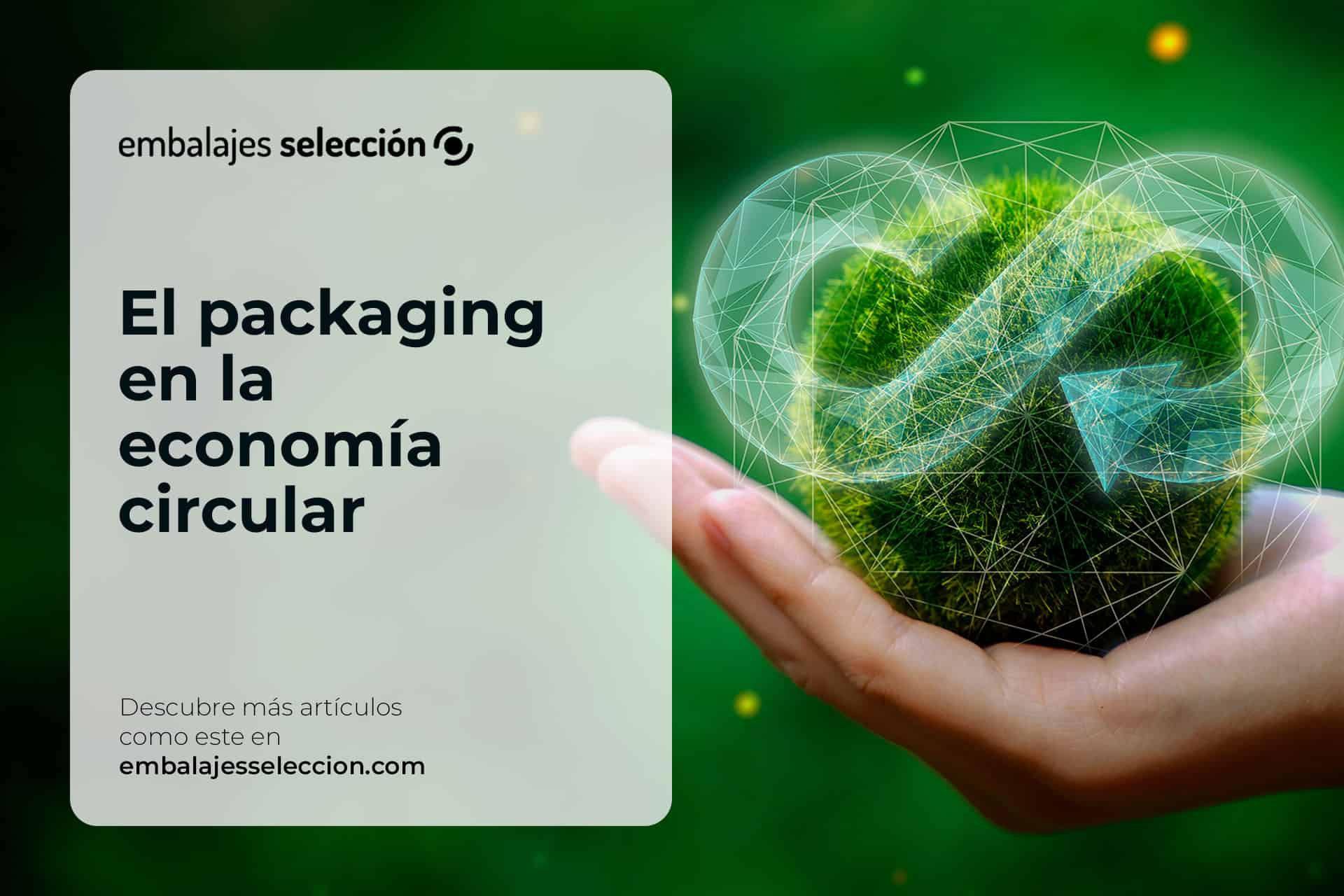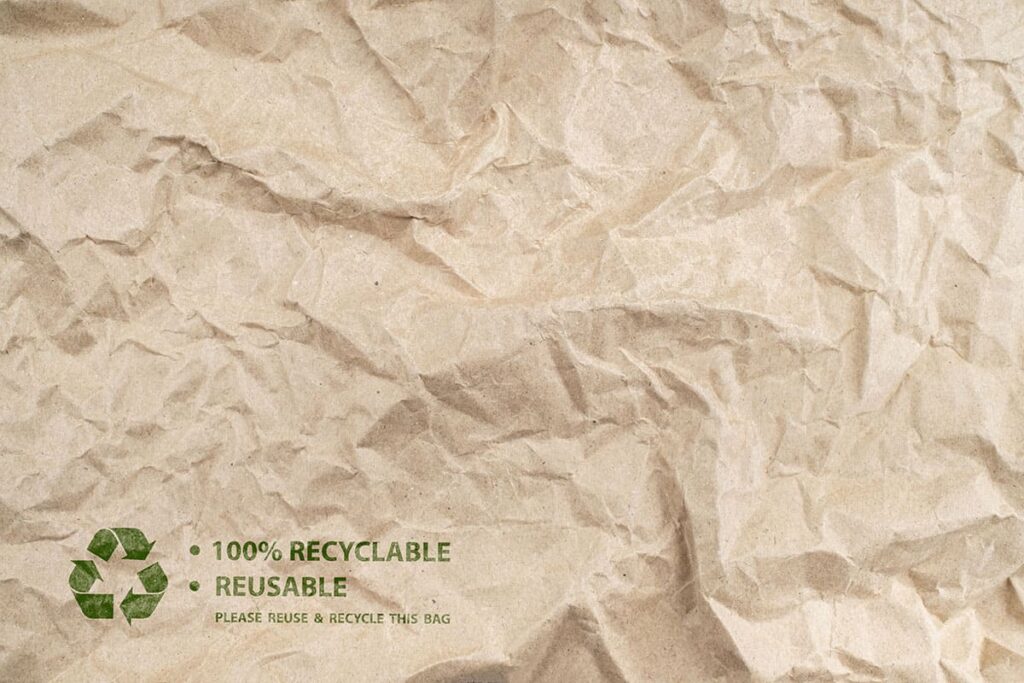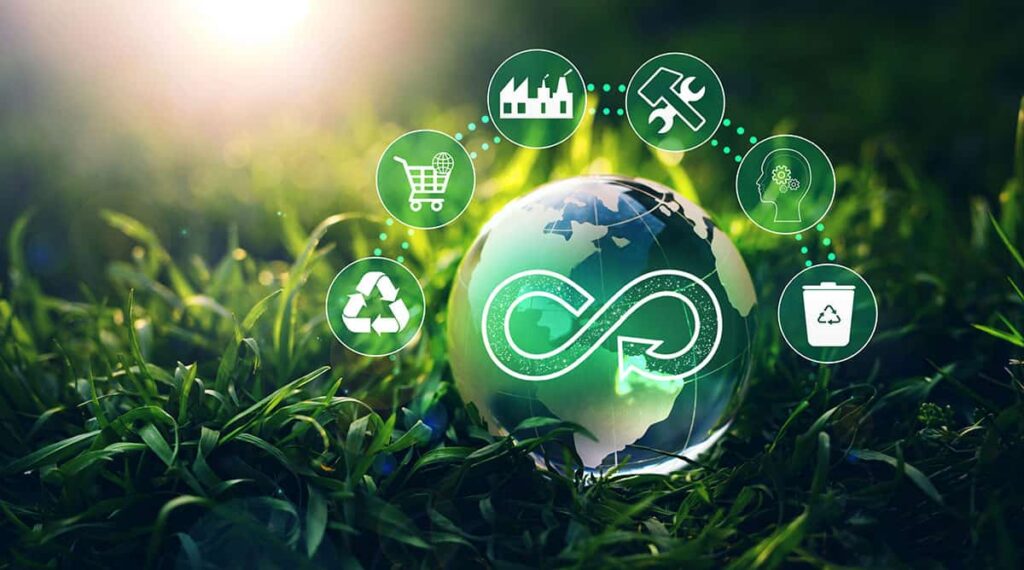Today’s society is increasingly aware of the importance of caring for the environment to ensure that future generations can enjoy the same resources that exist today. The production and commercial sector is one of the sectors that generates the most pollution and waste, which is why many companies are beginning to focus on the circular economy and the use of renewable energies to reduce their impact on the environment. Packaging in the circular economy is a key element in reducing the amount of waste generated, ensuring that many materials used for packaging are reused.
What is packaging and the circular economy
The packaging is in charge of everything related to the container and packaging of a product, having special relevance in its protection during the transport and storage process, besides being a very interesting element for the marketing of the company.
Circular economy refers to a constant flow type of economy where waste generated is minimized through reuse and recycling. Products, containers and packaging are reintegrated back into the supply chain, avoiding the consumption of more resources and helping sustainable development and environmental care.
The three fundamental characteristics of the circular economy are:
- Use of biodegradable or recyclable materials.
- Product and part designs that favor their reuse.
- Institutionalization of collection, repair and recycling processes.
How packaging applies to the circular economy
Within the circular economy, packaging plays a key role, as packaging is one of the most polluting elements in the supply chain.
The use of sustainable packaging materials is the best alternative to minimize waste and reduce the impact of packaging on the environment. In addition, the reuse of the main materials used to protect the products is a priority objective for the European Union’s Circular Economy Action PlanThe company has set reuse targets for 2030 of 85 % for cardboard and paper, 60 % for aluminum, 75 % for glass and 55 % for plastic, among others.
The importance of eco-design
In addition to the use of sustainable materials and the reuse of traditional packaging materials, eco-design is also becoming a key factor.
Ecodesign is understood as the incorporation of the ecological philosophy within the design tasks applied to different elements, in this case, to the design of products, containers and packaging. In other words, when designing these elements, important aspects must be taken into account, such as their impact on the environment throughout their life cycle.
The main measures applied in packaging-focused eco-design are:
- Reduce the weight of paper used in packaging processes.
- Use thinner cardboard for boxes used in shipments.
- Eliminate packaging complements that do not provide real value in terms of protection.
- Use reusable, recycled or renewable materials whenever possible.
- To opt for materials whose extraction has a lower impact on the environment.
- Use local suppliers in most cases.
- Reduce the printed surface on packages and boxes, as well as minimize the use of elements such as packing tape, adhesive tape…
What are the advantages of packaging for the circular economy?
Packaging is a key element in the circular or sustainable economy because of the many benefits it provides.
Pollution reduction
The main advantage of packaging for the circular economy is that with optimal and sustainable management , it can significantly reduce the polluting waste generated by the supply and production chain.
Thanks to packaging, companies can reduce their impact on the environment, betting on a new way of working in line with sustainable development and ecology.
Reduction of business costs
Although many people tend to associate recycling with increased company expenses, the reality is that sustainable packaging is a very interesting way to reduce a company’s costs.
The reuse of materials considerably reduces the costs associated with packaging. In addition, within the circular economy, recycling allows the use of elements with a longer life cycle, thus avoiding new material costs. For example, using recycled plastic pallets avoids the use of wooden pallets and prolongs the useful life of these elements.
Transformation of waste into resources
Within the circular economy, packaging uses waste or residues that pollute the environment to convert them into new packaging elements. This process is fundamental in this type of economy, since it allows extending the life cycle and considerably reducing the pollution generated.
Adding value to products
Society is more aware of the need to protect the environment, so a large part of consumers perceive that the products they buy use recycled, reused or biodegradable or green packaging as an element of great value.
Packaging in the circular economy plays a fundamental role in reducing the pollution generated by the companies involved in the supply chain. With good packaging management, a company can help protect the environment, while benefiting from lower costs and a better business image.
If you want to improve the packaging system of your company to be more agile and efficient, do not hesitate and contact packaging selection. We offer you a professional service customized to the needs and particular characteristics of your business, so that you can implement the best packaging and logistics solution in your company.



